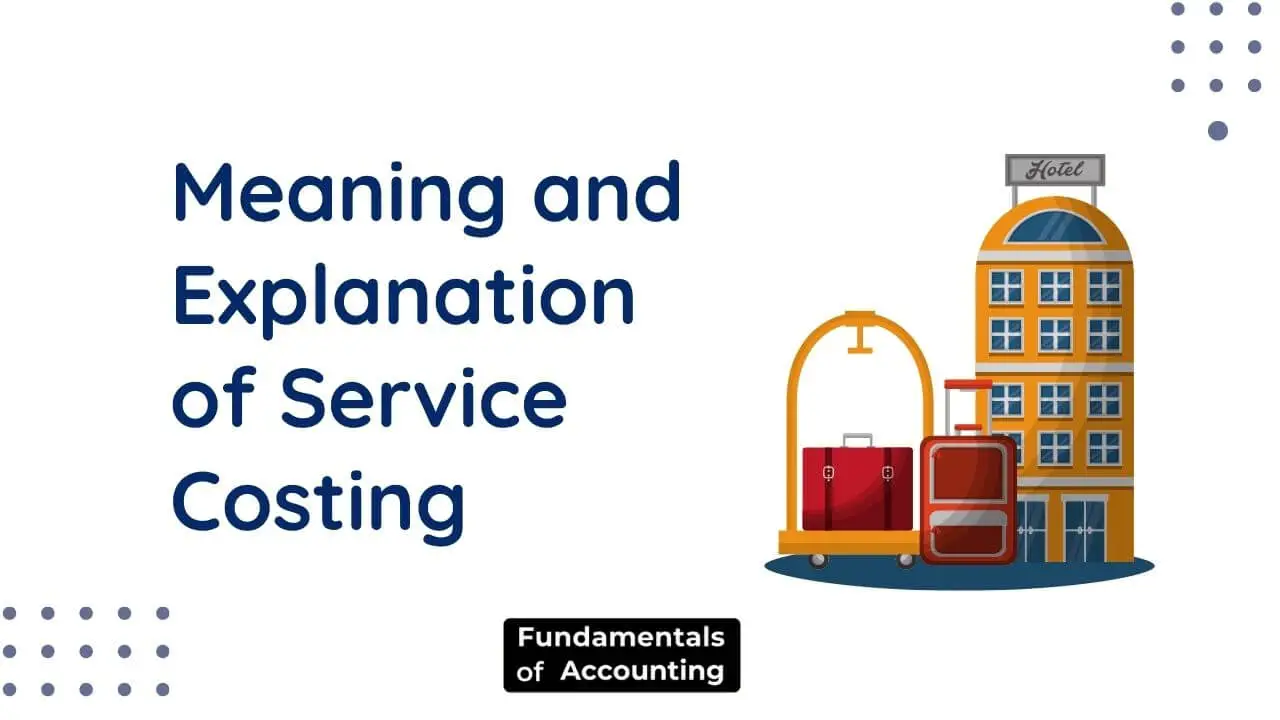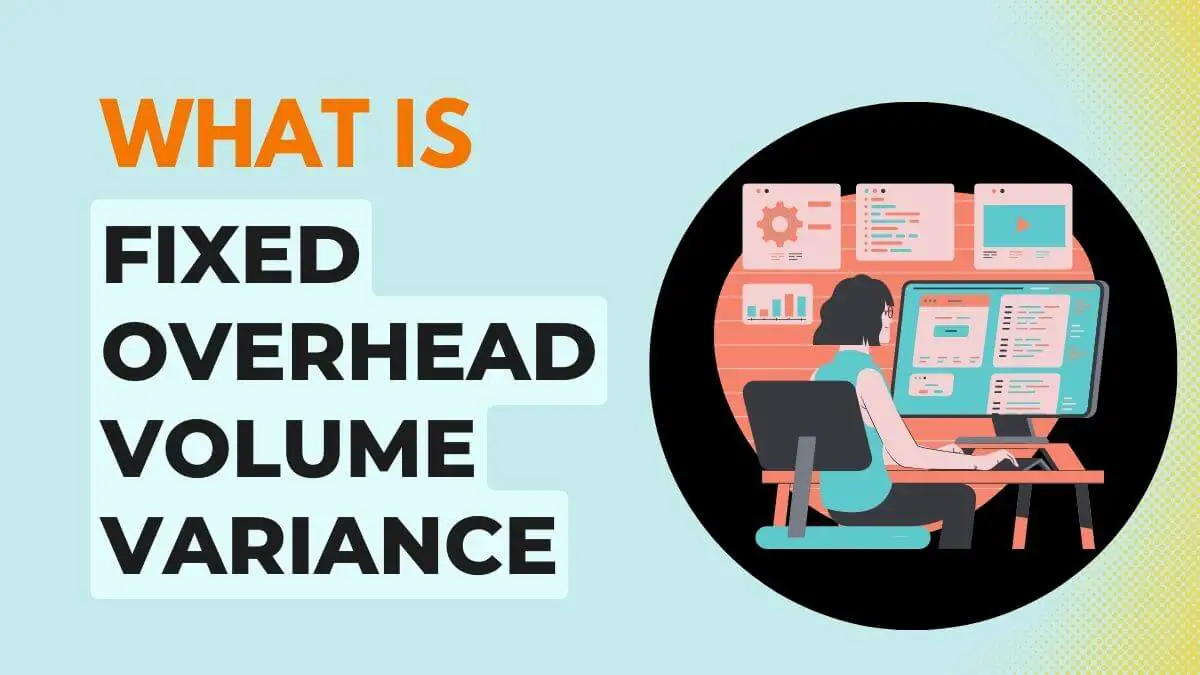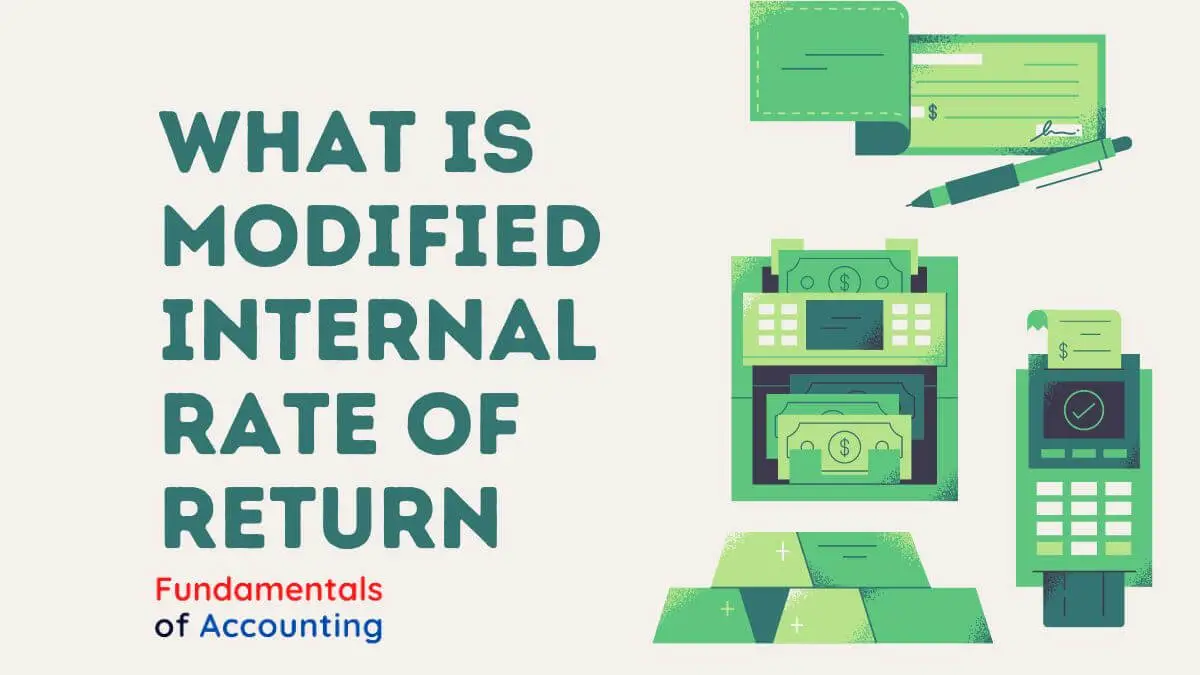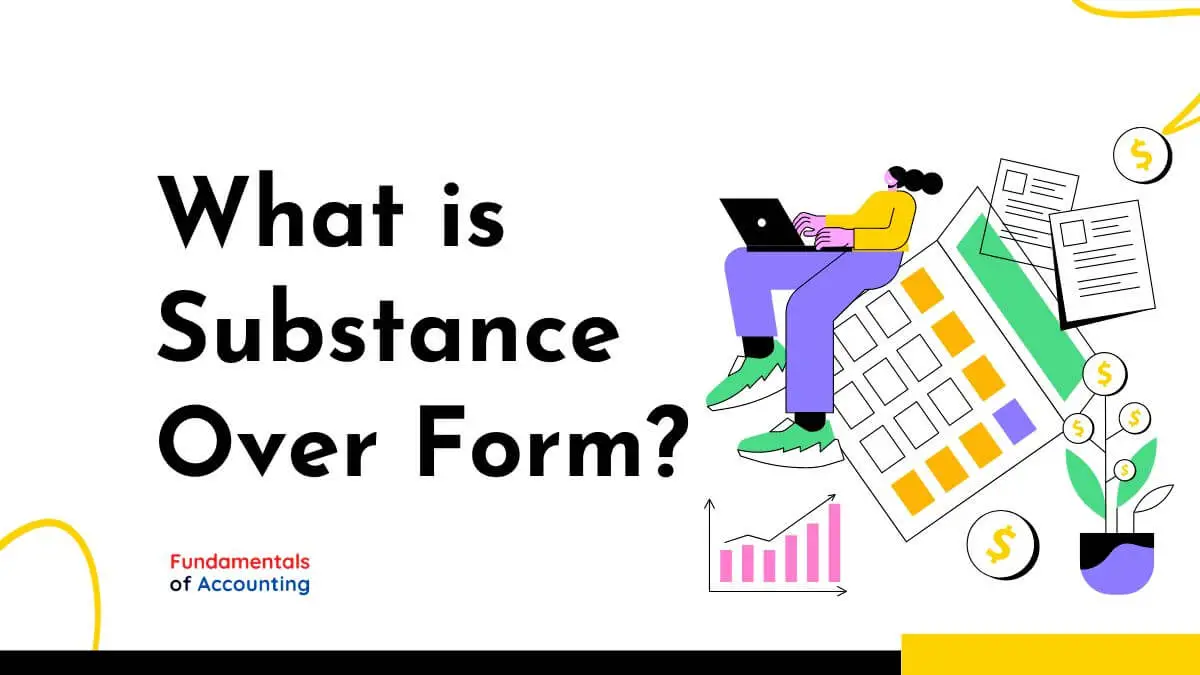Meaning and Explanation of Service Costing

The term “service costing” refers to the method of calculating the cost per unit of service given. It also refers to the price of particular functions. For instance, maintenance, personnel, and canteen. These are sometimes referred to as service departments, centres, or functions. Service costing is a way to calculate the cost of services. After […]
What are Liquidity Ratios? – Meaning and Formula

Liquidity ratios measure the short-term financial solvency of a business. Here the short term refers to a period of 12 months or lesser. Investors typically use liquidity ratios to determine the worth of a company’s assets. If the ratio is high, it means that there are more liquid assets available for quick conversion to cash […]
What is Fixed Overhead Volume Variance?

The fixed overhead volume variance is also referred to as the production volume variation because this variance is dependent on production volume. The volume variance quantifies the difference between two output levels in monetary terms. The first production level represents the period’s actual output. The second production level serves as the denominator in the budgeted […]
What are Current Liabilities? Meaning and Types

Liabilities are the obligations to pay money, render services, or deliver goods at a later date as a result of a previous transaction. This definition covers all liabilities covered in earlier chapters as well as any new liabilities. Liabilities are separated into current liabilities and long-term liabilities on the balance sheet. Meaning of Current Liabilities […]
What is the Modified Internal Rate of Return (MIRR)?

In an effort to solve some of the shortcomings of the IRR method, financial analysts have devised an alternate evaluation procedure that is comparable to the IRR but modified. The modified internal rate of return (MIRR) is a monetary indicator of an investment’s appeal. The IRR has a number of issues, but MIRR fixes two […]
What is Throughput Costing? When to Choose it?

Throughput costing is a system based on the fact that most production costs will not vary at the level of the individual unit produced. Throughput costing, also known as super-variable costing, is a relatively recent concept. All expenditures except direct materials are treated as period expenses under throughput pricing. Unlike traditional costing methods that allocate […]
What Does Mean Substance Over Form?

In accounting, the phrase “substance over form” refers to a preference for the underlying truth of a transaction above its legal form. The accounting idea is that a transaction’s economic substance should take precedence over its legal structure. This principle ensures that financial accounts accurately reflect the economic substance of a transaction, regardless of its […]
What is Trade Discount in Accounting?

In accounting, a trade discount is a reduction in price a manufacturer or wholesaler offers a trade buyer on the list price of goods. Offering trade discounts is a standard practice in many sectors as a means of encouraging clients to make greater purchases or to develop long-term business partnerships. Purpose of Trade Discounts The […]
Capital Expenditure Vs Revenue expenditures in Accounting

Capital Expenditure Capital expenditures comprise costs incurred for the acquisition of a fixed asset, such as land, a building, a car, machinery, etc. It also includes any expenditures incurred thereafter that boost the earning capacity of an existing fixed asset. In addition to the cost of purchasing, the cost of acquisition also includes any additional […]
What is the Definition of Revenue in Accounting?

In accounting, revenue is defined as the total value of all money and other assets received by a company over a period of time. This can include money received from sales, investments, and any other sources. Revenue is typically recorded on a company’s balance sheet as “total revenue” or “net sales.” For example, if a […]
